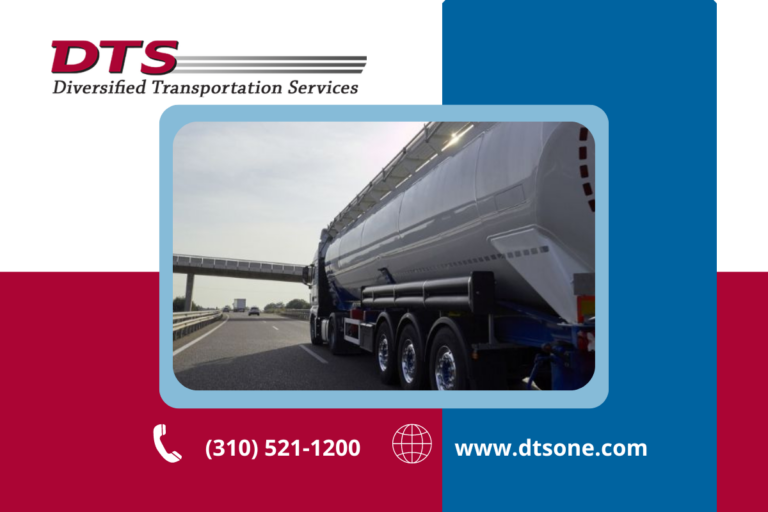
Knowing when to use full truckload shipping isn’t always easy, but we have some rules to help you out. Knowing how to ship your products is an important aspect of business. One mode of transport may be better than another depending on the situation. For example, the post office is used for small amounts of mail; package carriers are used for boxes, and less-than-load carriers are used for palletized shipments. Full truckloads are an option when you have large shipments to move.
You Can Fill an Entire Truck
Using LTL is understandable when you have a few pallets that weigh a few hundred pounds. But what should you do if you have 20 pallets of product to ship? You should use a full truckload. An LTL carrier will pick it up, but odds are they’ll send an empty trailer to you anyway, so you might as well have the dedicated lane and benefits that come with it. Carriers want to maximize their available space and would consider 20 to 26 pallets a full truckload regardless.
The Customer Wants a Dedicated Truck
Customers often request a full truckload even if they aren’t ordering that much product. If you’re in an industry that has security concerns, a full truck may be requested. The food, medical, and weapons industries as well as the government often have security concerns that a paper company doesn’t. Customers who must follow security measures don’t want their products mixed in with other things. The risk of having a pallet go missing decreases on a dedicated full truckload.
There Are Time Constraints
When something ships via LTL, extra time is built into that delivery. Once the shipment leaves your dock, it travels around the area to other pickups. Then it gets unloaded at the carrier’s dock and loaded onto another truck heading towards the final destination. A load could get loaded and unloaded several times before reaching its destination. However, a full truckload goes from your dock to the customer’s dock with few, if any, stops in between. Full loads move faster than LTL.
The Weight Necessitates It
Partial loads are based on weight, since the carrier charges by the pound. Eventually, you’ll reach the point where you have so much weight that using a full truckload carrier is more beneficial cost-wise. It’s similar to using an LTL carrier to ship one pallet of 20 boxes rather than sending 20 individual boxes via UPS. Sending your shipment in bulk rather than piecemeal will cost less. Using FTL transport strips away additional costs.
Whether you're a company looking to improve one facet of your supply chain, your entire supply chain, or simply looking for a transportation and logistics consultation, we can help.